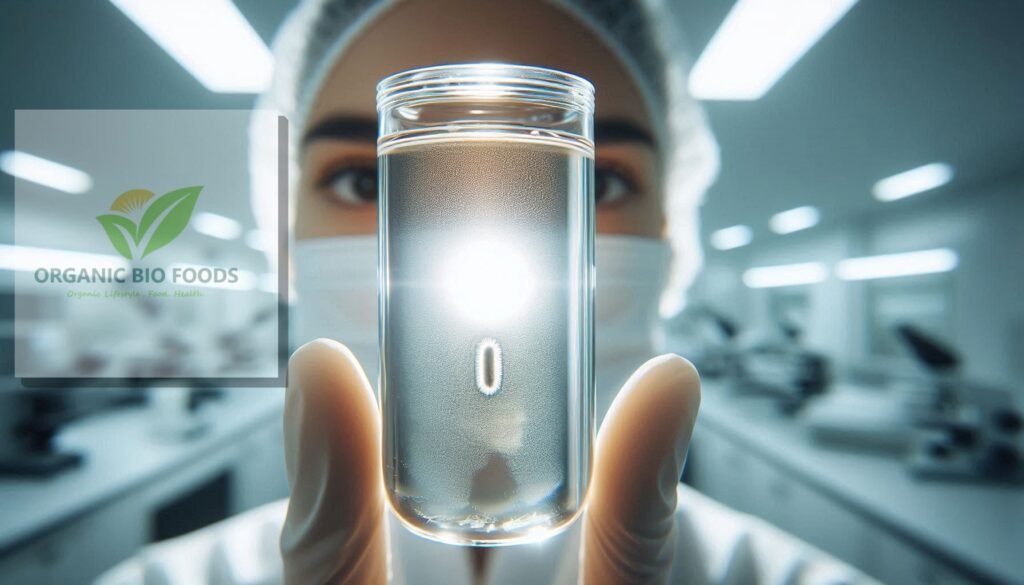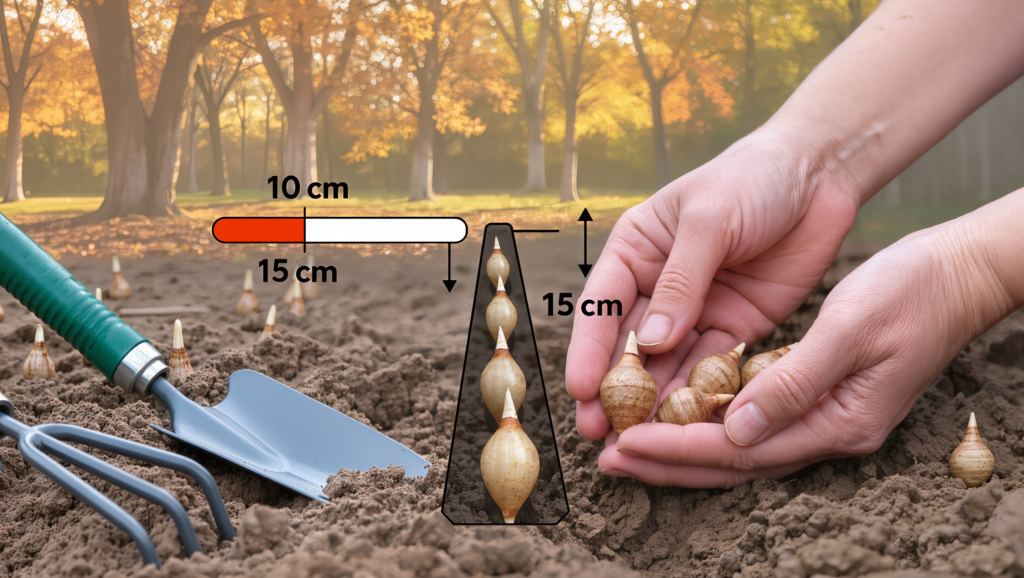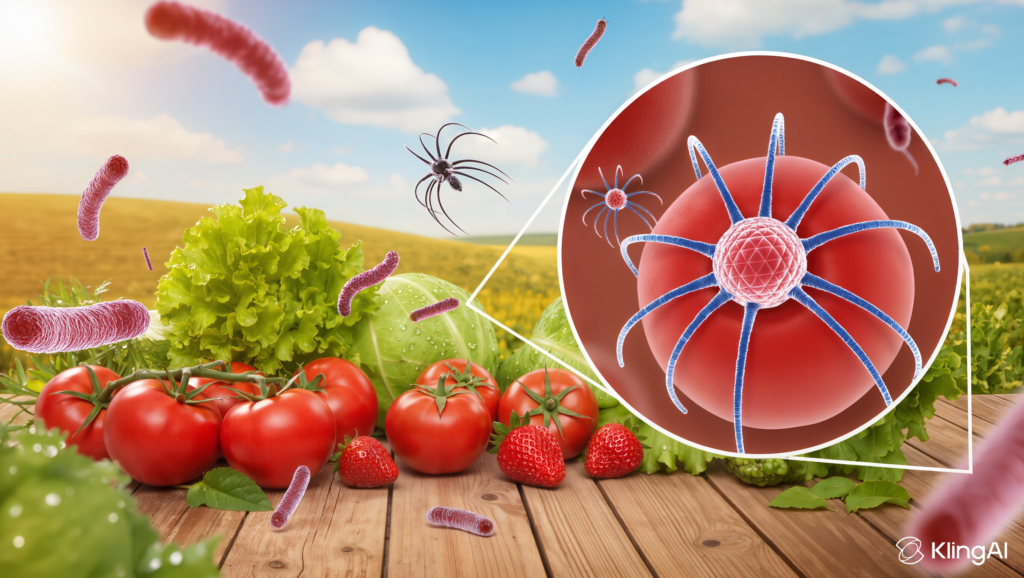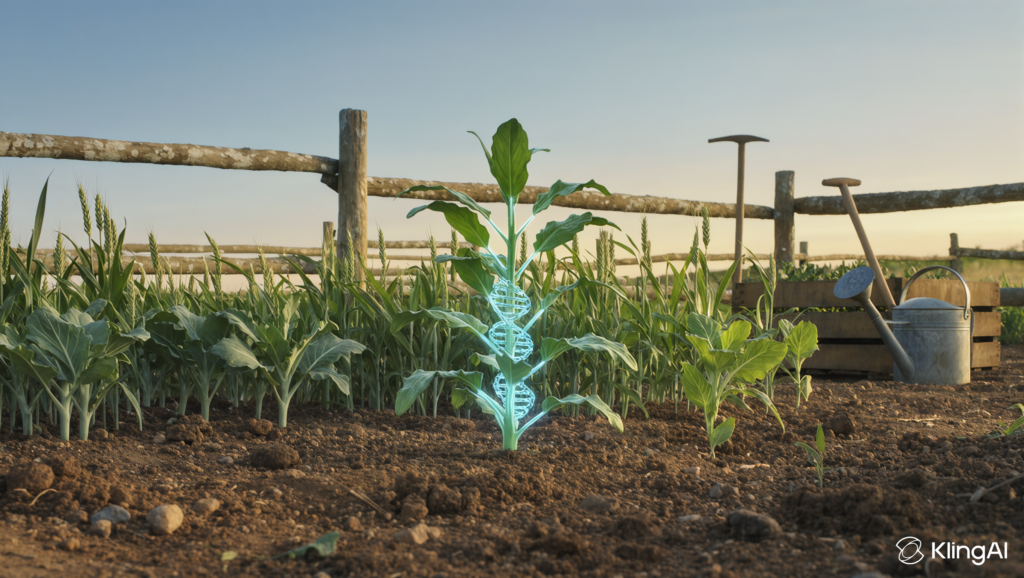在有机农业中,不依赖化学农药控制农作物病害对于保持农作物健康和环境完整性至关重要。微生物剂是一种用作生物防治剂的有益微生物,为管理植物病害提供了一种自然有效的解决方案。这些微生物包括细菌、真菌和病毒,它们可以抑制或消除病原体,促进苗圃和主田地的农作物更健康地生长。我们整理了一份综合清单,在这里我们将探讨其中四种有效的病害控制微生物剂及其在农业实践中的益处。
- 木霉菌:抑制疾病的多功能真菌
木霉菌是一种因其生物防治特性而广为人知的真菌属。这些真菌天然存在于土壤中,能够对抗多种植物病原体,使其成为苗圃和主田地病害管理的热门选择。
木霉菌的作用原理:
拮抗作用:木霉菌产生酶和次生代谢物,可抑制引起根腐病和枯萎病的立枯丝核菌、镰刀菌和腐霉等致病真菌的生长。
菌寄生:木霉菌直接攻击和寄生有害真菌,缠绕在真菌菌丝上并降解其细胞壁,从而有效中和病原体。
诱导抗性:木霉菌可通过诱导系统性抗性增强植物的先天免疫系统,使植物更能抵抗未来的病原体攻击。
农业应用:
木霉菌可应用于种子、土壤或直接应用于植物,作为苗圃和主田的处理方法。它在保护幼苗在生长的关键早期阶段免受土传疾病的侵害方面特别有效。
优点:
减少对化学杀菌剂的需求,降低生产成本和环境影响。
促进根部生长和养分吸收,使植物更健康、更坚韧。
- 枯草芽孢杆菌:有益的疾病控制细菌
枯草芽孢杆菌是一种革兰氏阳性、产芽孢细菌,常用作农业中的生物防治剂。这种细菌在控制各种作物的细菌和真菌疾病方面非常有效。
枯草芽孢杆菌的作用原理:
抗菌作用:枯草芽孢杆菌产生抗生素,如伊枯草菌素和表面活性素,可抑制致病细菌和真菌的生长。这些化合物会破坏病原体的细胞膜,导致其死亡。
竞争:这种细菌与病原体竞争养分和空间,有效地击败了土壤和植物表面的有害微生物。
诱导系统性抗性 (ISR):枯草芽孢杆菌可以触发植物的防御机制,从而增强对多种疾病的抵抗力。
在农业中的应用:
枯草芽孢杆菌通常用作种子处理、叶面喷洒或土壤灌注。它特别适用于预防由腐霉菌和立枯丝核菌引起的猝倒病和细菌性叶斑病等疾病。
优点:
通过产生植物生长促进激素 (PGPH) 来促进植物生长。
与有机农业实践兼容,可集成到综合害虫管理 (IPM) 系统中。
- 荧光假单胞菌:多功能生物防治剂
荧光假单胞菌是一种革兰氏阴性细菌,在抑制植物疾病方面发挥着重要作用。这种细菌因其在管理多种作物疾病方面的多功能性和有效性而闻名。
荧光假单胞菌的作用原理:
产生抗菌化合物:荧光假单胞菌产生多种抗菌化合物,包括吩嗪、绿脓杆菌素和氢氰酸,可抑制各种植物病原体的生长,包括细菌、真菌和线虫。
产生铁载体:这种细菌产生铁载体,铁载体是一种铁螯合化合物,可限制病原体对铁的利用,从而抑制其生长。
ISR 诱导:荧光假单胞菌可以增强植物的天然防御能力,使其更能抵抗病原体的攻击。
在农业中的应用:
荧光假单胞菌适用于苗圃和主田的种子、幼苗和土壤。它对根腐病、枯萎病和细菌性枯萎病等疾病特别有效。
好处:
增强根部健康和生长,使植物更强壮,产量更高。
减少对化学农药的依赖,促进可持续农业。
- 白僵菌:用于昆虫和疾病控制的昆虫病原真菌
白僵菌是一种昆虫病原真菌,主要以其控制昆虫害虫的能力而闻名。然而,它在控制某些植物疾病方面也有好处,使其成为综合害虫和疾病管理策略的宝贵补充。
白僵菌的作用原理:
昆虫致病性:白僵菌通过穿透昆虫表皮并在其体内生长,感染并杀死各种昆虫害虫,最终导致昆虫死亡。这减少了传播植物疾病的媒介数量。
内生生长:白僵菌可以在植物组织内作为内生菌建立,提供针对昆虫害虫和某些病原体的保护,而不会损害植物。
抗菌活性:一些白僵菌菌株会产生具有抗菌特性的次生代谢产物,可抑制植物病原体的生长。
农业应用:
白僵菌可用作叶面喷剂、土壤浸渍剂或种子处理剂。它可有效控制传播疾病的昆虫媒介,如蚜虫和粉虱,还可以帮助减少某些真菌疾病的发病率。
优点:
提供害虫防治和疾病管理的双重好处。
对非目标生物(包括有益昆虫)安全,适合用于综合害虫管理系统。
上面列出的是目前最有效的微生物制剂,可提供多种机制来控制植物疾病并促进作物健康生长。通过将这些生物防治剂纳入您的农业实践中,您可以减少对化学农药的依赖,增强土壤健康,并最终提高作物产量。对于希望实施这些方法的农民和园丁来说,根据他们面临的特定作物和疾病挑战选择合适的微生物制剂非常重要。








